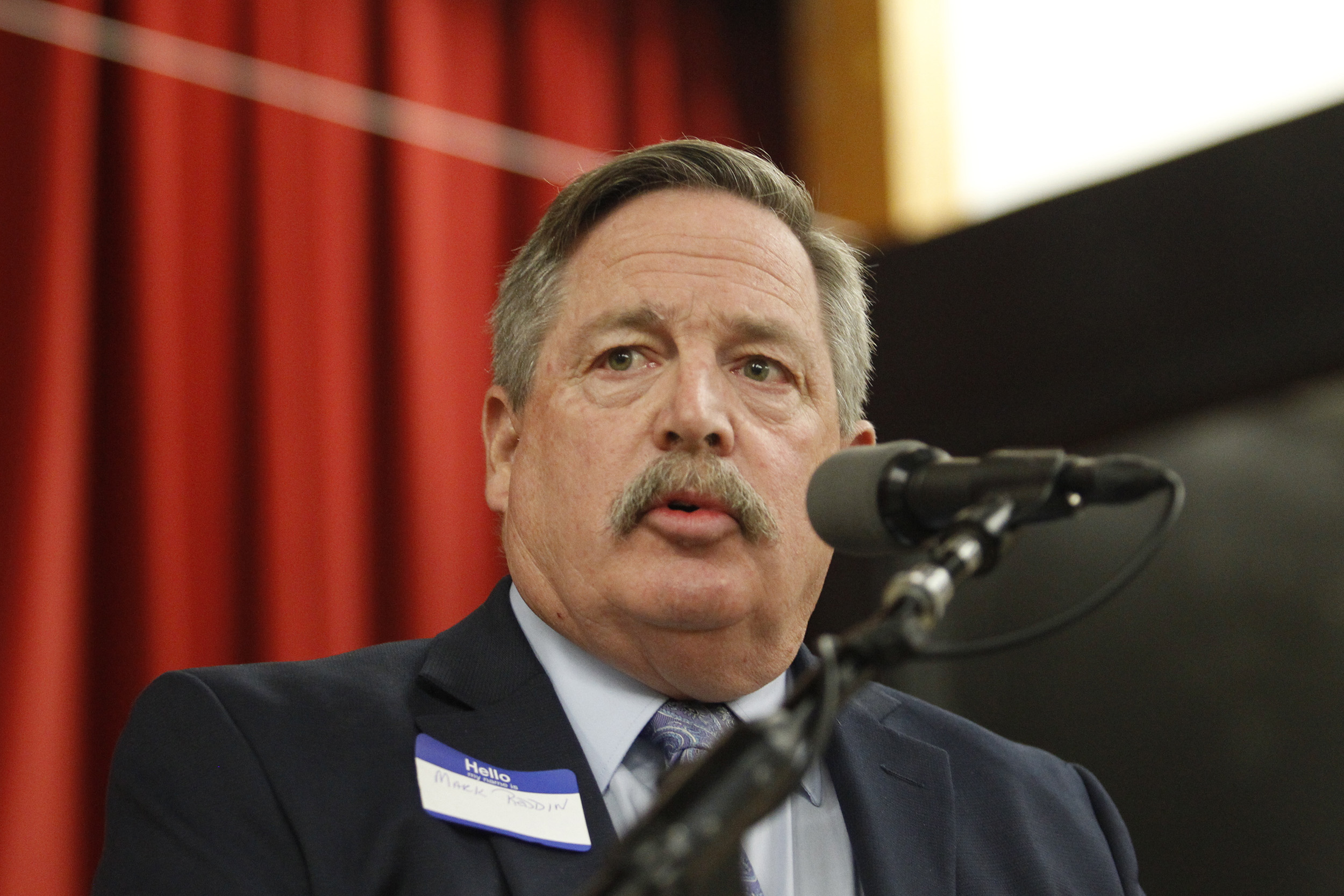
Name: Mark B. Reddin
Address: 711 S. Dunbridge Road, Bowling Green, OH 43402
E-Mail Address: [email protected]
Web Site: bgcourt.org
OCCUPATION: Judge.
EDUCATION: Graduate Bowling Green High School. BS.Ed., Bowling Green State University; JD., University of
Dayton School of Law.
QUALIFICATIONS FOR OFFICE: Practicing attorney in the general practice of law 10 years. Lifelong resident
of Wood County, judge of this court since 1996. Experience and training in this office for the past 23
years.
QUESTION #1: Explain the financing of the BG Municipal Court.
The municipal court’s funding is complicated. By statute, the City of Bowling Green is the chief funding
authority of the court. The cost of operations of the court are split 3/5s city, 2/5’s Wood County. The
court imposes local court costs to help reimburse the city for appropriations. Portions of fines flow to
the City, County, and State. Some OVI fines pay for indigent alcohol treatment and alcohol monitoring.
Some costs fund special accounts for court capital improvements, computerization, probation operations,
security and training. The city pays salaries and wages of all employees. The county reimburses 40% of
the clerk’s, bailiff’s, judge’s and magistrate’s wages. Since 1997, all amounts over $61,750 in the
judge’s salary and increases passed by the state are paid out of the Ohio Supreme Court’s budget. In
1996, the court and city began to design and build a new municipal court building. The building was
completed $480,000 under budget and occupied in 1999. The city issued bonds to finance the cost of
building and equipping the court. The court contributes from its special accounts to help pay down these
bonds that are scheduled for retirement in 2024.
QUESTION #2: Comment on your role in the opioid crisis.
My role as I see it is to direct addicted offenders to treatment so they can lead productive, law abiding
lives. Many addicted offenders are not yet ready for treatment. My challenge is to effect offender
behavioral change. Treatment however does not occur in a vacuum, public safety is paramount. While
treatment is the preferred modality to effect offender change, the court will use the continuum of
sanctions available, including jail, to coerce if necessary offenders into treatment. The court is a
founding collaborative participant in the Project Direct Link program. This program seeks to get
offenders treatment starting in the jail with a Vivitrol injection to block pleasure centers in the
offender’s brain prior to release. Offenders are then placed in a medically assisted treatment regimen
with supervision by a medical doctor. The court’s probation department retains supervision over the
offender to maintain offender compliance with treatment. Treatment works, people recover.

